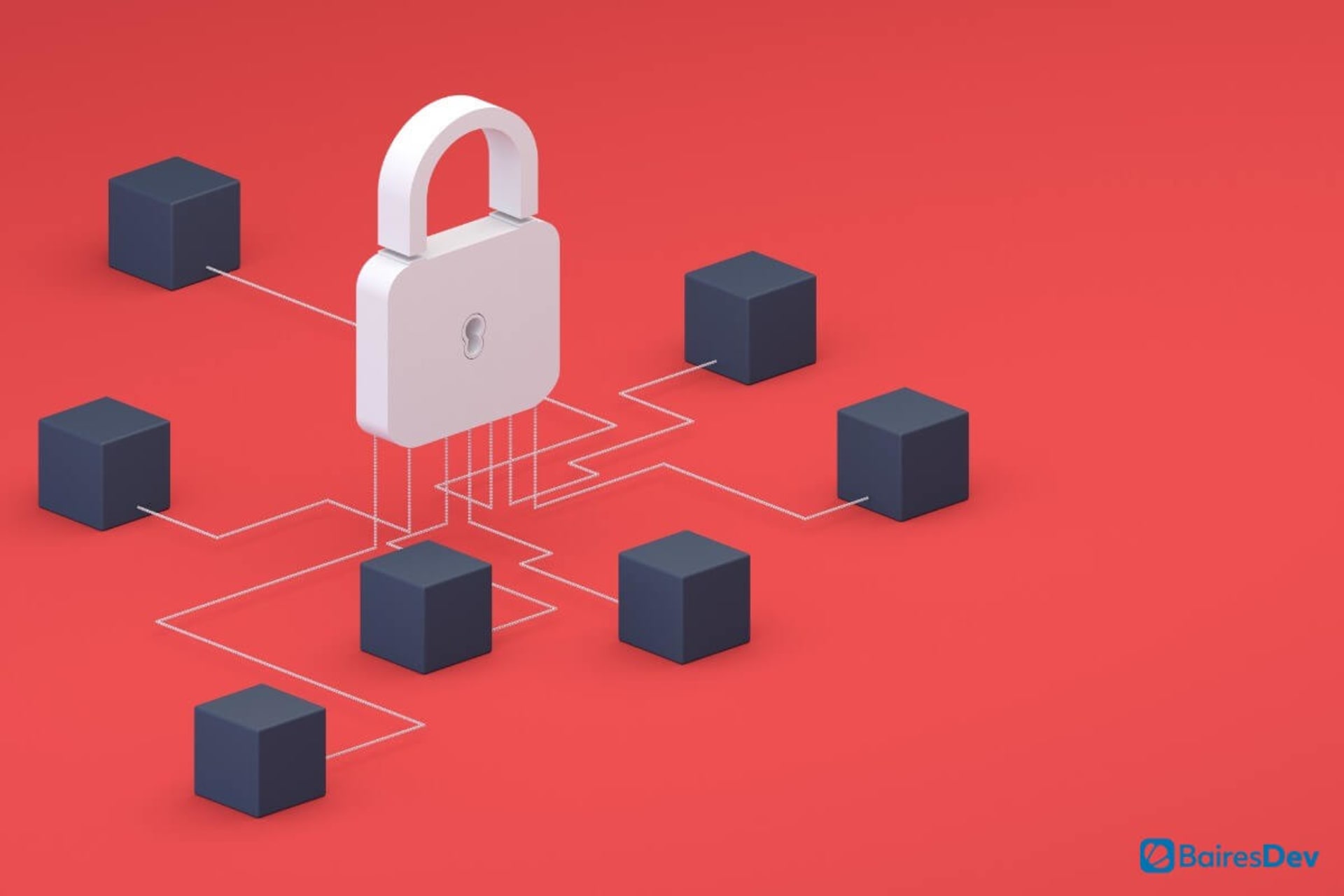It’s hard to argue that technology has made our lives easier and better. Since the dawn of human societies, technology has allowed us to secure food, improve our health, extend our lives, move around, and go beyond many of our natural boundaries. Technology has played such a pivotal role in our evolution that it’s fairly obvious that we turn to tech whenever we face new challenges.
From using technology to enhance the food supply chain to leveraging it to fight climate change, there are plenty of ways in which technology is still our number one ally. So, it makes sense that some people are looking to tech to meet one of the most important and testing issues in the business world today: creating more inclusive environments for everyone.
A Relevant Issue for Everyone
In recent years, workplace inclusivity has appeared as a central problem for both employees and employers. A recent CNBC/SurveyMonkey Workforce survey found that nearly 80% of workers want to be part of companies that value diversity, equity, and inclusion. Yet, only a third of the respondents said that the businesses they work for are doing “a lot” of work on the inclusion front.
As for employers, they actually acknowledge the importance of inclusion, but their initiatives are still very far from maturity. A recent PWC survey found that investments in D&I programs in the private sector have grown immensely, thanks to 75% of executives saying they are a priority for their organizations. However, 80% of respondents affirmed that leadership engagement in D&I remains at a basic or emerging level.
While there are more stats and surveys that we could look into, the reality is that those numbers already speak volumes about the current state of inclusion in the business landscape. Roughly, we could sum that up by saying both employees and employers are on the same page about inclusion: it’s important to aim for it in the business world. Yet, the involvement isn’t the same for those groups.
Employees are increasingly considering their organizations’ inclusiveness while making career decisions but employees still don’t fully engage with inclusion initiatives capable of meeting their employees’ demands. Even for all the reported benefits of inclusion for both employees and companies, there are still barriers to inclusion in organizations, as a recent McKinsey report clearly shows.
It’s odd that a topic so relevant for everyone still hasn’t found its pace in most organizations, especially if you take into account that everyone could gain from having a more inclusive place. That journey can certainly begin with adopting new technologies. In fact, using tech in the ways outlined below can help in creating a more inclusive company. But tech implementation without a larger inclusion strategy won’t amount to much.
What we are trying to say here is that there’s a role for technology to be had in building a more inclusive environment, but it needs to be complemented with a sound and detailed strategy that revamps not just processes themselves but also methodologies, attitudes, and the overall corporate culture. That’s the only way for tech to truly make a difference in favor of inclusion.
We’ll circle back to that later on, but we now have enough context to check the ways in which technology can help build a more inclusive business environment.
3 Major Ways in Which Tech Boosts Inclusion
Be it directly or indirectly, adopting technologies in business can boost inclusion and foster a new culture. Here are some of the most notable ways in which that can happen.
1. It unlocks more diverse teams
There are 2 ways in which tech can lead to a more diverse workforce. First, the ability to use remote work technologies (mainly cloud-based platforms) allows businesses to look for team members anywhere in the world. In other words, tech lets companies fill their teams with people from all walks of life: people from different cultures and with different values and perspectives.
Second, technology can help companies better understand their hiring efforts and their company’s diversity. Using big data, companies can take a look at how diverse they really are, uncover biases in their recruitment practices, and detect improvement opportunities at an organizational level.
Data visibility is key to fostering a more inclusive workplace, as you can’t improve what you know nothing about. Fortunately, there’s plenty of data in today’s companies, so executives, managers, and leaders can gather and analyze it using AI-based tools that can help inform their hiring efforts and strategies.
2. It fosters collaboration and engagement
Having cloud-based tools doesn’t just make communication between distributed teams possible, it also lays the groundwork for collaboration between team members regardless of where they are. Using tools for instant messaging, web conferencing, project management, and more, companies can make sure that everyone on the team is aligned and able to work.
What’s more, the leadership team can use those tools to engage with people to share strategic decisions, conduct online discussions about thorny topics, create training sessions to broaden the scope of inclusion initiatives, and monitor that everyone has the help they need to better perform their jobs.While at first glance that may not seem like a big help for inclusion, the reality is that the online nature of today’s remote, distributed, and hybrid approaches to work does help.
Using these approaches allows companies to employ people with physical disabilities or specific phobias that might make it difficult (or impossible) for them to go to an office. Likewise, the tools can help to visibilize those struggles within the entire organization, fostering a conscience that might not be there. Ultimately, the idea is to bring the team together by generating spaces that everyone can enjoy.
3. It assists and supports daily tasks for everyone
The best tech tools out there are the ones that everyone can use. Fortunately, developers are starting to understand that accessibility benefits everyone, so they are following accessibility principles to better design their applications. This means that technology has the potential to empower anyone to do their jobs, regardless of possible disabilities or impairments.
Features like text-to-speech, instant translation, voice commands, and close captioning, among many others, can benefit entire teams by providing easy ways to do different tasks. More importantly, it allows companies to consider hiring candidates that would otherwise be left out because of specific disabilities.
On top of that, tech with accessibility features allows companies to open their positions to virtually anyone with enough expertise and experience. This means that there aren’t technical excuses not to hire a specific candidate. This opens up the talent pool even more and can help you leave certain biases behind.
More Than Just Technology
We already mentioned that adopting technologies doesn’t necessarily translate into a more inclusive workplace. That’s because companies need to overcome inherent biases, perfect their recruiting practices, and redefine their overall strategies. Without that attitude adjustment, the technologies won’t be able to realize their full inclusive potential.
That’s why it’s important to go beyond the question, “Which technologies do we need to be more inclusive?” It’s true that the fact that you’re asking yourself that question reveals a deeper concern for a more inclusive environment, but it certainly isn’t enough. That question has to be the last one before you decide which tech to include, but before it, you should ask yourself a long questionnaire that digs into your corporate culture and your processes.
That’s precisely what we did in BairesDev as we were starting out. We always knew that having diverse perspectives in our team was beneficial for us as those perspectives enrich our work and allow us to improve as individuals. That sentiment was the main reason why we built a distributed company and why we embraced diversity as a core value for our business. By doing that, inclusion became a guiding principle that seeps into everything we do.
While that might sound hard, you can do that for your company, too. It only takes a deep and honest look inside your way of doing business. The diversity mindset implies considering so many aspects that you’ll have a lot of work ahead. But don’t worry about it —the potential results are well worth your efforts.
As always, it’s best to remember that technology is nothing more than a tool whose value actually depends on how you use it. That’s why, before adopting new technologies, consider your approach to team building and review your diversity and inclusion initiatives. It’s likely that you might make more impact tweaking the latter rather than implementing new tech, even when you’ll need to do both to truly build a more inclusive corporate culture with technology.







